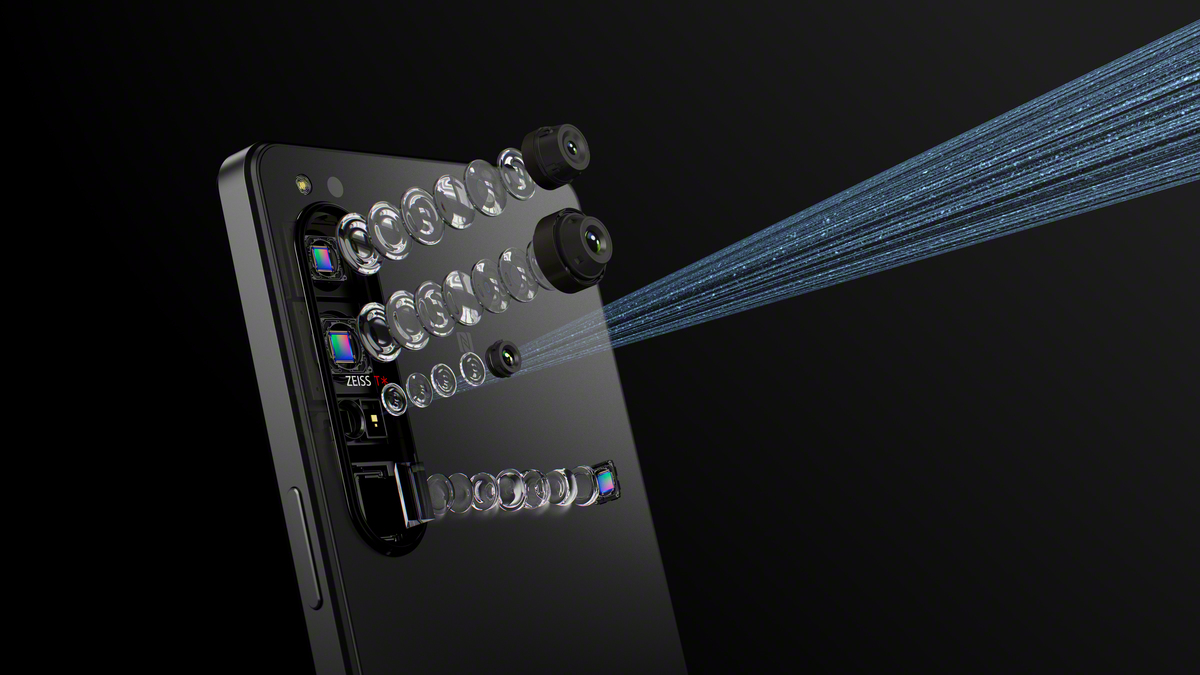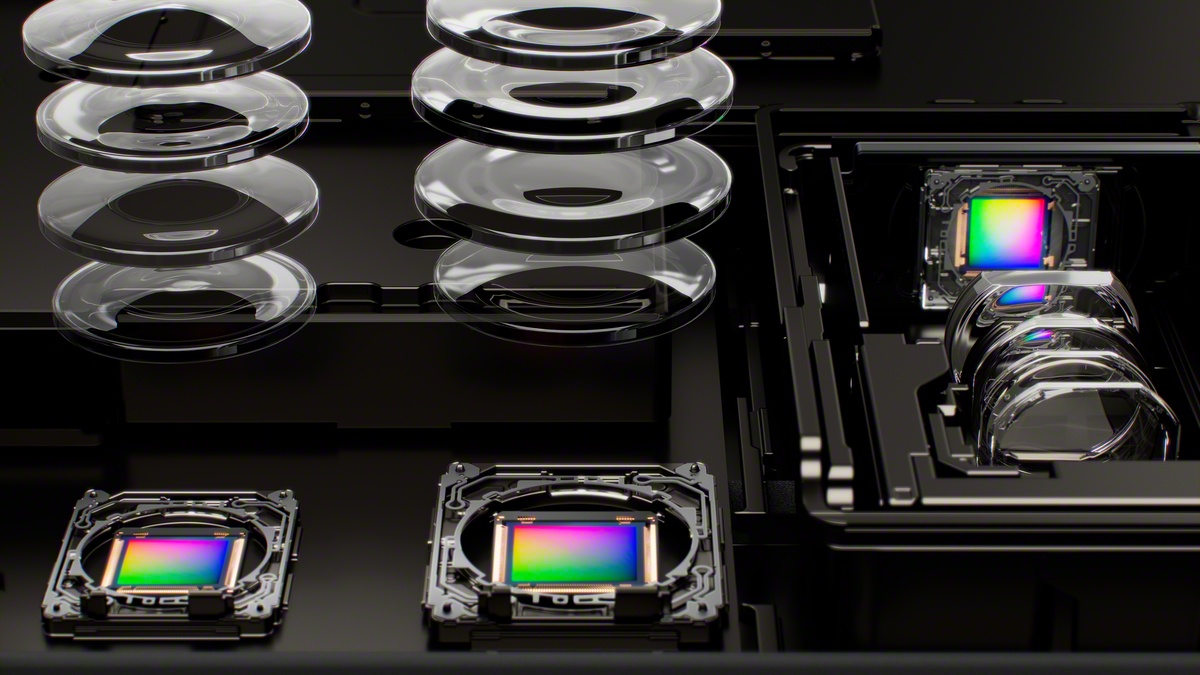A smartphone with a true optical zoom at last! Why Sony Xperia 1 IV is the real deal
Most smartphones lack zoom lenses – but not Sony’s latest Xperia flagship

It might seem brazen for Sony to call its new flagship, the Xperia 1 IV “the world’s first optical zoom* 85mm-125mm on a smartphone”, but it isn’t as brazen as it sounds. There are hardly any real zoom lenses on camera phones.
For years, we’ve been battling our better nature as camera enthusiasts when using the term ‘optical zoom’ in reference to smartphones. From flagships like the iPhone 13 Pro Max and its humble ‘three times optical zoom’, to Samsung’s hyperbolic ‘Space Zoom’ on the Galaxy S22 Ultra – there’s actually no optical zooming taking place. After all, optical zoom and digital zoom are different things.
Cameras that have a fixed lens (one focal length) can still zoom, but it’s achieved by cropping into the camera’s sensor, thereby degrading image quality. This is digital zoom, and has been available on smartphones for as long as they’ve sported cameras.
So why do so many camera phones apparently have optical zooms according to the internet? Because, they have multiple prime lenses around the back, and they digital zoom between focal lengths. The common setup is an ultra-wide camera of around 16mm, that digital zooms until it reaches a primary camera’s focal length, which is usually around 25mm, and sometimes, there’s a third or fourth lens, from anything between 50mm to 200mm or greater. The reason for this multiple-prime-lens solution is space – optical zooms take a lot of space, and smartphones pride themselves on being pocket-friendly.

There have been some true optical zoom cameras on smartphones in the past. The Nokia N93, for example, was a flip phone that had a three times zoom in its hinge. Samsung launched a Galaxy Zoom, which was effectively an Android powered compact camera with a SIM slot. Then there’s the Sony Xperia 1 III, which had a periscope zoom camera that could switch between two focal lengths, but couldn’t continuously zoom between them.
While Oppo has announced a continuous zoom module along with a host of other imaging technologies like 5-axis OIS for smartphones, it’s yet to launch a phone with a real optical zoom. This makes Sony the first to actually bring this to market in years with its 2022 flagship Xperia 1 IV, and the world first to feature a continuous zooming periscope camera between 85mm and 125mm.
All three cameras on the Xperia 1 IV – the wide, ultra-wide and telephoto, are 12MP in resolution. They also benefit from high-speed read-out image sensors which enable real-time eye AF and tracking, 4K cinematic slow motion at 120fps, Optical SteadyShot, and superior dynamic range. What’s really noteworthy is the fact these features work across the wide, ultra-wide, and telephoto cameras – making the secondary cameras feel less like an afterthought than on other handsets. In turn, while we’ve seen 120fps 4K capture before on phones like the OnePlus 9 Pro, it’s never been across all three rear cameras.
Get the Digital Camera World Newsletter
The best camera deals, reviews, product advice, and unmissable photography news, direct to your inbox!
Usually, when new tech is announced for Android smartphones, and is well received by critics and consumers alike, Apple puts it in the iPhone after a few years. So depending on how Sony (and eventually Oppo’s) continuous zoom modules fare, the Xperia 1 IV could be more than just one of the best camera phones of 2022, it could be a sneak peak into what ends up in the iPhone 14, 15, or 16.
Read more
Best Sony phones in 2022
Best Samsung phones
Best Xiaomi phones
Best Motorola phones
Basil Kronfli is a freelance technology journalist, consultant, and content creator. He trained in graphic design and started his career at Canon Europe before moving into journalism. Basil is also experienced in video production, independently running the YouTube channel TechEdit, and during his time at Future, he worked alongside the Digital Camera World team as a senior video producer.

